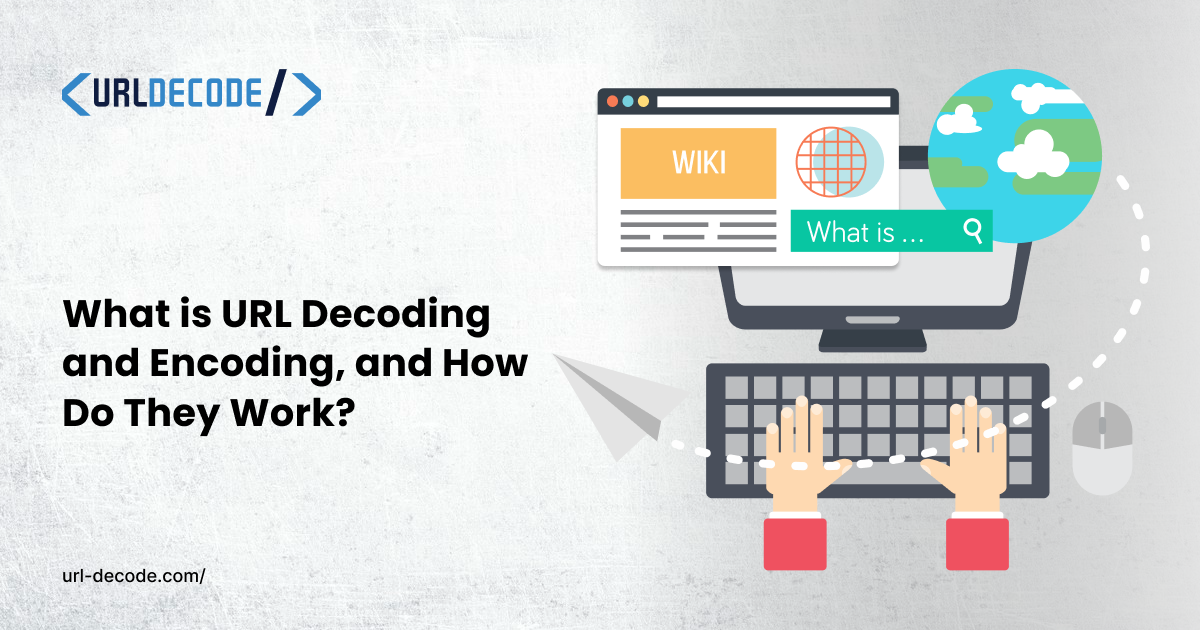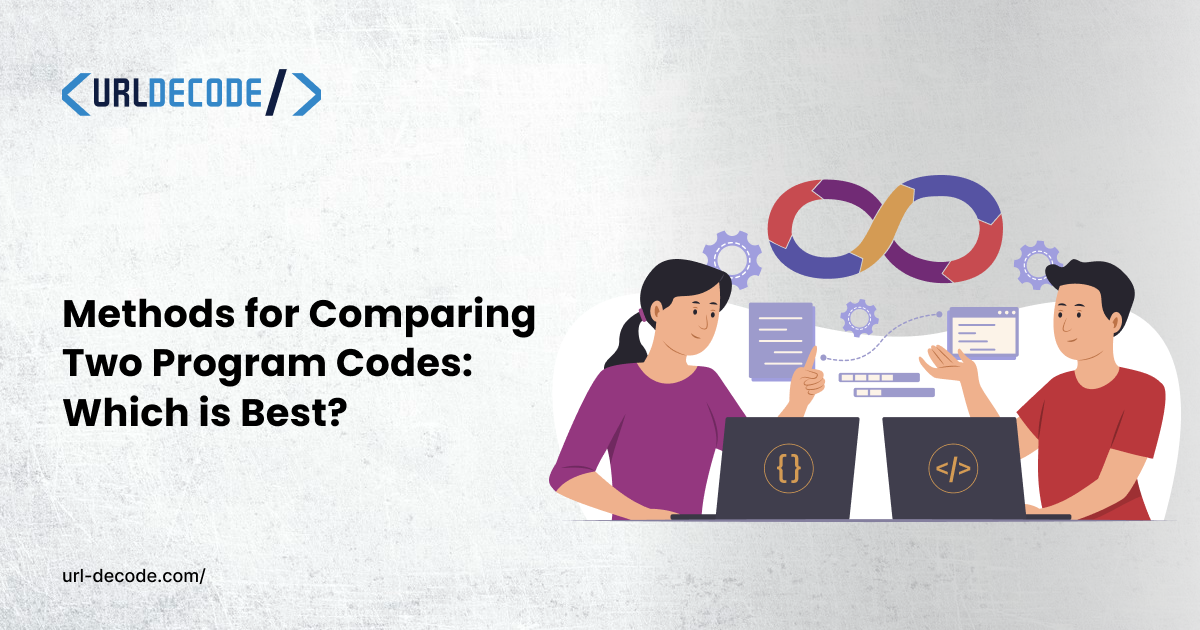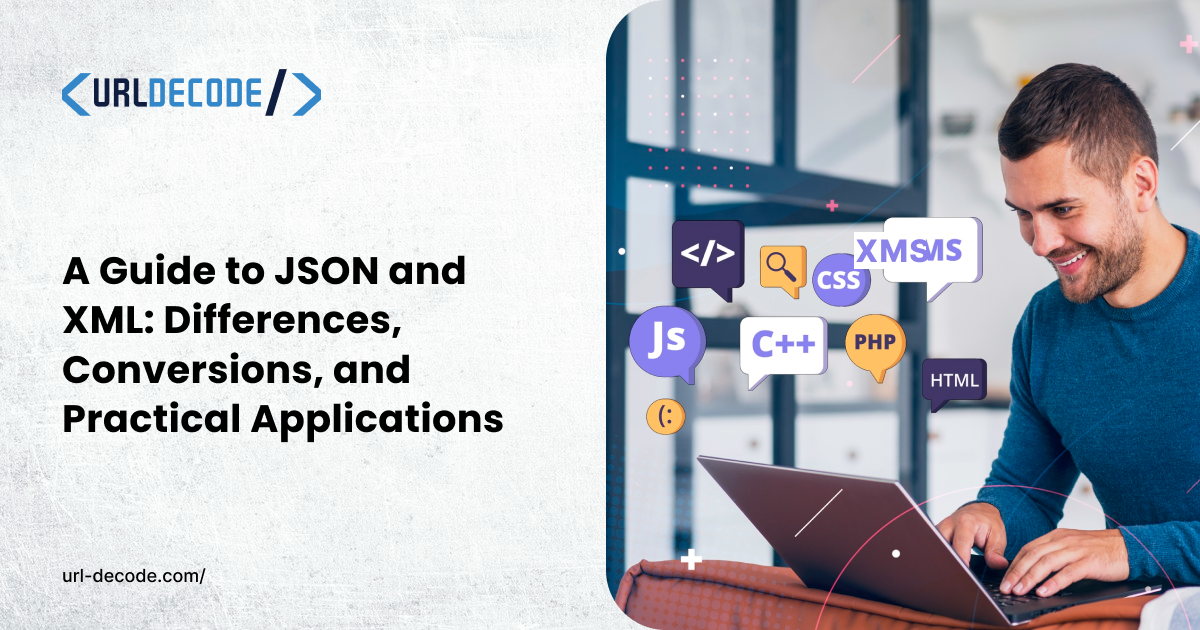7 Best Endpoint Management Software for Enterprises

Not long ago, I watched three teammates log in at the same time, one from a personal laptop at home, another from a corporate desktop, and a third from a mobile phone while traveling.
Three different endpoints, three different risks. And it only takes one weak device to open the door to an attacker.
With studies showing 70% of breaches start at the endpoint, the question isn’t whether you have visibility, but whether you have control.
So think carefully, are your endpoints completely secure? If not, isn't it time to analyze which one is the best endpoint management software that can fit right in with your business?
Let’s break down the seven best endpoint management software of 2025.
What to Look for in Endpoint Management Software
Choosing the right endpoint management software isn’t about feature checklists; it’s about finding a solution that works in the messy reality of IT. The best solutions reduce complexity while keeping endpoints secure and productive.
- Multi-OS Support: Manage Windows, macOS, Linux, iOS, and Android from a single console.
- OS and Patch Management: Keep systems updated automatically, reducing vulnerabilities.
- Remote Troubleshooting: Fix issues on devices instantly, without needing physical access.
- Device Lock & Wipe: Protect sensitive data if a device is lost or compromised.
- Application Management: Deploy, update, or restrict apps efficiently across endpoints.
- Content Management: Control file access and ensure data stays secure.
- Data Protection & Access Control: Implement zero-trust access and encryption based on context-aware signals to safeguard data.
- Access Management & Monitoring: Track user activity, enforce policies, and detect suspicious behavior early.
7 Best endpoint management solutions for enterprises
1. Scalefusion UEM
Managing a diverse fleet of endpoints can be challenging, but Scalefusion UEM streamlines it with a single agent and unified console. Built for businesses of all sizes, it supports Windows, macOS, Linux, Android, and iOS, providing full-spectrum device management. Its Zero Trust Access via Scalefusion OneIdP and endpoint security with Veltar adds strong identity and device protection. From remote troubleshooting to kiosk management, Scalefusion ensures devices remain secure, compliant, and productive—all from one dashboard.
Key Features:
- Multi-Platform Support: Manage all major OSs from a single console.
- Remote Troubleshooting: Diagnose and resolve device issues instantly.
- Zero trust security: OneIdP for IAM and Veltar for endpoint protection.
- Kiosk Mode: Lock devices into specific apps for secure use.
- Automated Compliance: Enforce security policies with 95+ pre-built CIS benchmarks, track adherence, and block unauthorized access automatically.
- Application & Content Management: Deploy apps and manage corporate content efficiently.
- Secure Web Gateway: Monitor and control web traffic based on category blocking, pattern blocking, and even specific domains to ensure secure internet usage and prevent data leaks.
Pricing: Starts at $2/device/month (14-day free trial)
G2 Rating: 4.7/5
Pros: Cost-effective, intuitive interface, strong mobile/kiosk support
Cons: Advanced features require higher-tier plans
2. Hexnode UEM
Hexnode UEM is built for businesses that need scalable, straightforward endpoint management. It supports iOS, Android, Windows, macOS, and Fire OS, making it flexible for both SMBs and larger enterprises. Its intuitive dashboard, combined with automated patching and remote troubleshooting, keeps devices secure and operations running smoothly. Hexnode also provides policy-driven security and app/content management, helping IT teams enforce compliance without complexity.
Key Features:
- Cross-platform MDM + UEM
- Policy-based security automation
- Remote application and content management
Pricing: Starts at $1.08/device/month
G2 Rating: 4.5/5
Pros: Affordable for small businesses, easy to set up
Cons: Limited advanced features, lacks AI-driven security, minimal scalability, and no native language translation
3. NinjaOne
NinjaOne is built for IT teams and MSPs who need practical endpoint management without unnecessary complexity. It handles device monitoring, remote access, patch management, and software deployment efficiently. With real-time visibility, automated workflows, and clear reporting, it’s especially suited for SMBs that need a tool they can implement quickly and rely on daily.
Key Features:
- Remote endpoint monitoring
- Automated IT workflows
- Pricing: Custom quotes
G2 Rating: 4.6/5
Pros: Simple interface, automation reduces routine work, supports mobile device management
Cons: Cost can be high for smaller teams, reporting options are limited, and remote connectivity can occasionally be unreliable
4. Symantec Endpoint Management
Symantec Endpoint Management is designed for organizations that prioritize security and compliance. It provides advanced malware protection, AI-powered threat detection, and automated vulnerability scanning. The centralized console lets IT teams enforce policies, monitor device health, and respond quickly to emerging threats.
Key Features:
- Threat intelligence integration
- Advanced data loss prevention (DLP)
Pricing: Custom quotes
G2 Rating: 4.3/5
Pros: Robust security, access to global threat intelligence
Cons: Deployment can be complex, resource-heavy, and feature updates are sometimes delayed
5. IBM MaaS360
IBM MaaS360 is an endpoint management tool for IT teams that manages and secures all devices from one place. It includes threat protection, mobile security, and access control. Automatic compliance checks and secure containers keep company data safe. IT teams can enforce rules, monitor devices, and fix issues without extra effort, making it easier to run large or complex IT environments.
Key Features:
- Supports Windows, macOS, Linux, Android, and iOS
- Real-time threat management
- Automated compliance enforcement
Pricing: Starts at $4/device/month
G2 Rating: 4.3/5
Pros: Strong compliance tracking, comprehensive security coverage
Cons: Higher pricing than some competitors, support can be inconsistent, and the learning curve is steep
6. Microsoft Intune
A cloud-based tool that manages devices and apps, Intune, works well with Microsoft 365 and Azure. IT teams can set security rules, update devices automatically, and protect company data. It’s a good choice for businesses that use mostly Windows and need flexible work options.
Key Features:
- Seamless integration with Microsoft 365
- Advanced Windows Defender policies
- Cloud-based policy enforcement
Pricing: Starts at $6/user/month
G2 Rating: 4.5/5
Pros: Excellent for Microsoft environments, strong cloud security
Cons: Limited support for non-Microsoft devices, fewer third-party integrations, app management can be complex
7. VMware Workspace ONE
VMware Workspace ONE manages and secures all your devices in one place. IT teams can fix problems remotely and set up automated rules. It helps keep track of devices without bothering users. Its security and compliance tools make it good for companies that want to protect data and run smoothly.
Key Features:
- Identity and access management
- Multi-cloud support
- Automated compliance enforcement
Pricing: Custom quotes
G2 Rating: 4.4/5
Pros: Robust security, highly scalable
Cons: Expensive for smaller teams, complex configuration, resource-intensive
Which Endpoint Management Solution Fits Your Needs?
1. Scalefusion UEM
Handles Windows, macOS, Linux, iOS, and Android from one console. Offers remote troubleshooting, kiosk mode, Zero Trust security, and content management. Best for: Enterprises that want a single, reliable platform to manage all endpoints efficiently, enforce policies, and maintain compliance without juggling multiple tools.
2. Hexnode UEM
Cross-platform support with policy automation and remote app/content management. Best for: SMBs or mid-sized businesses looking for a simple, scalable solution that is easy to deploy.
3.NinjaOne
Remote monitoring, workflow automation, and mobile device management. Best for: SMBs and MSPs needing fast deployment and simple day-to-day operations.
4. Symantec Endpoint Management
Offers advanced malware protection, data loss prevention (DLP), AI-based threat detection, and centralized policy control. Best for: Organizations that focus heavily on security and threat intelligence.
5. IBM MaaS360
Multi-OS coverage, threat management, identity access control, automated compliance, and secure containerization. Best for: Large enterprises with complex environments needing strong security and compliance oversight.
6. Microsoft Intune
Integrates tightly with Microsoft 365 and Azure AD. Handles MDM/MAM with automated patching and Zero Trust policies. Best for: Microsoft-focused organizations that rely heavily on Windows and cloud security.
7. VMware Workspace ONE
Combines UEM with security, lifecycle management, and automation across multi-cloud setups. Best for: Enterprises that prioritize large-scale digital workspace management with compliance enforcement.
Why Scalefusion Stands Out:
For teams that want control without complexity, Scalefusion provides a single, easy-to-use platform that manages all devices, keeps them secure, and ensures smooth day-to-day operations.
Choosing the Right Endpoint Management Solution
Picking the right endpoint management software depends on your company’s size, devices, and security needs. Small businesses often need something simple and affordable. Larger companies need strong security, compliance, and centralized control. Teams using Microsoft tools may prefer solutions that integrate with 365 and Azure, while service providers want easy remote management and workflow automation.
All strong endpoint management tools give real-time device visibility, remote troubleshooting, automatic updates, policy enforcement, and strong security. For companies that want one platform to manage desktops, laptops, and mobile devices, Scalefusion stands out. It’s easy to use, covers many devices, and keeps security and compliance under control.




